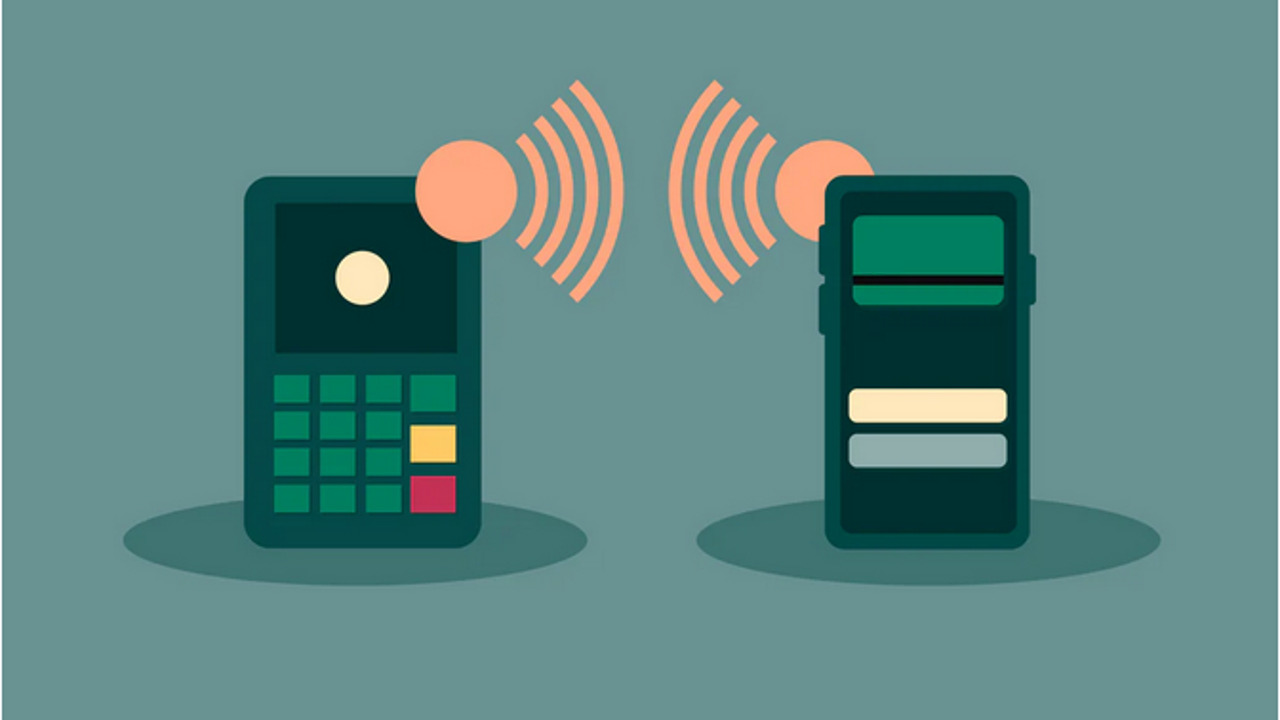Most smartphones are equipped with near-field communication (NFC) tags. These tags facilitate mobile payments, public transit ticketing, garage access, logistics and shipping, inventory management, and even medical record retrieval. They are essentially a wireless system that operates within the centimeter range. In a typical setting, an NFC transceiver sends an electric current through a coil, which in turn generates a magnetic field. A nearby tag equipped with a similar coil then magnetically couples with the transceiver to draw power to the tag. This application of inductive coupling allows the transceiver and the tag to wirelessly transmit data. This is also how a card key (embedded with an NFC tag) unlocks a hotel room when held close to the lock (where the transceiver is).
Compared to Bluetooth and Wi-Fi, the advantage of NFC technology is the wireless signal used to unlock a hotel room is within the centimeter range, making signal recording and exploitation difficult. For the same reason, NFC has been increasingly used for transactions with strict security or privacy requirements. Home automation is the most recent example of NFC applications, with some smart home platforms implementing NFC tags for device control. Given NFC’s low cost, ease of deployment, and privacy-protecting benefits, NFC-enabled smart living can be envisioned, with everyday objects tagged so their locations and how the users interact with them can be gathered for sophisticated control.
What are the key ideas? The following paper introduces TextileSense. It describes an initial investigation of NFC-enabled smart living. In contrast to previous studies, in which Bluetooth, mmWave technology, radio-frequency identification (RFID), and visible light signals were used for measurement, TextileSense measures magnetic signals generated through inductive coupling. However, to generate sufficiently strong signals for localization, two problems in commercial NFC products should first be addressed: its rigid coil design, and its 5cm sensing range. The everyday objects with which people interact may have various shapes and material types. Therefore, to enable flexible deployment of NFC technology, the authors proposed a soft coil design. To reach targets beyond 5cm, the authors employed a coil array that extends the range to 20cm, a substantial improvement that is still within the near-field range.
How does the system work? A demonstration videoa shows a sofa covered by an array of coils made of conductive fabrics. This soft coil design facilitates the incorporation of NFC on any surface. To increase the sensing range, a magnetic beamforming mechanism is proposed. Because the transceiver coils may bend differently depending on their position on the sofa, a heuristic search is used to determine the optimal combination of current feeds. The final objective is to locate the minimum voltage at the transceiver. This is equivalent to determining the maximum voltage at the target and the maximum voltage at the target corresponds to the maximum sensing range. Finally, to localize the target, a survey of voltage levels at the transceiver coils per target location is conducted, and a voltage-location model is then derived from the data. During operation at the measured voltage levels, the system responds with an estimated location. Being conductive, the human body can be localized to infer whether the user is standing, sitting, or lying down, highlighting the potential of NFC for advanced home automation.
Why is RFID, the predecessor of NFC, not used? RFID-based location systems, analyzing the radio frequency signals, are already accurate to the millimeter level. Both technologies use the same radio frequency. This indicates the potential of NFC-based localization. By using both radio frequency and magnetic signals, the location accuracy of NFC can reach the millimeter level. Additionally, unlike RFID, in which communication is unidirectional, NFC allows for bidirectional communication, and its application scope extends beyond object tracking to include smart sensing and communication.
I find this paper interesting because it is the first study of a location system based on soft NFC. The authors have demonstrated their system can localize tags and conductive objects with a 20cm range. This indicates inductive coupling, commonly used to provide power, can also be used for location sensing. As a method for determining location, NFC has never been systematically studied.
What’s next? When the voltage or impedance of the target changes, the magnetic signal changes. Therefore, transceivers can detect the target’s voltage and impedance without the tag sending any sensor data. This property can be used to design a series of low-power, battery-free sensors capable of detecting target location, contact, deformation, and motion. These sensors will be able to utilize power supply, sensing, and data transmission via inductive coupling. In addition, further research is required to investigate how the transceiver array configuration, coil design, and material may affect the sensing range.




Join the Discussion (0)
Become a Member or Sign In to Post a Comment